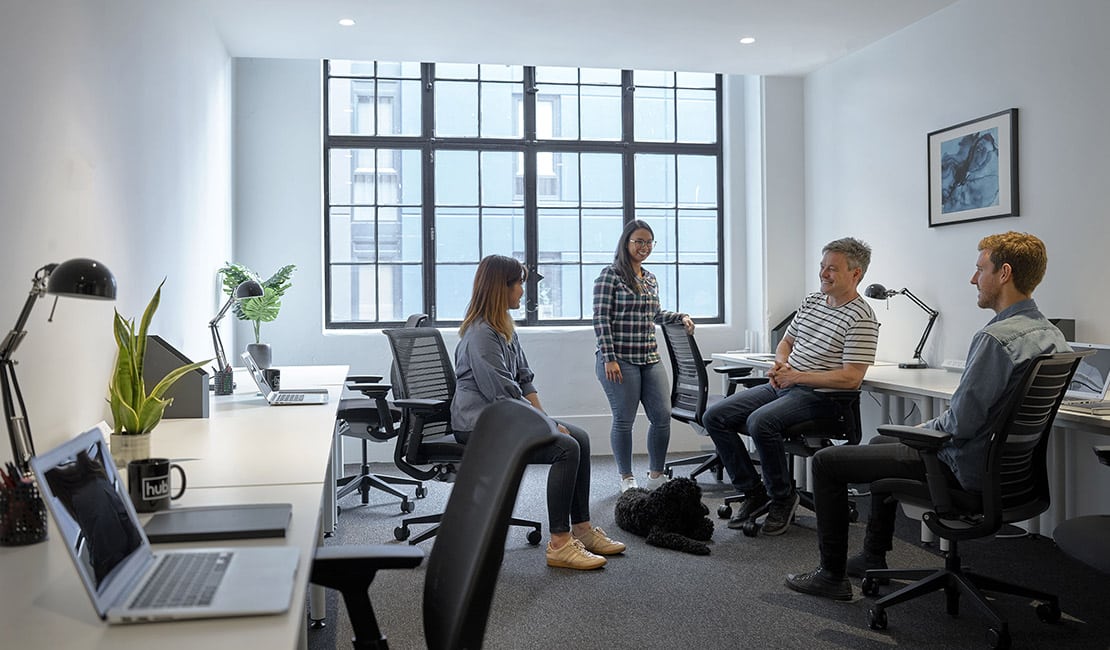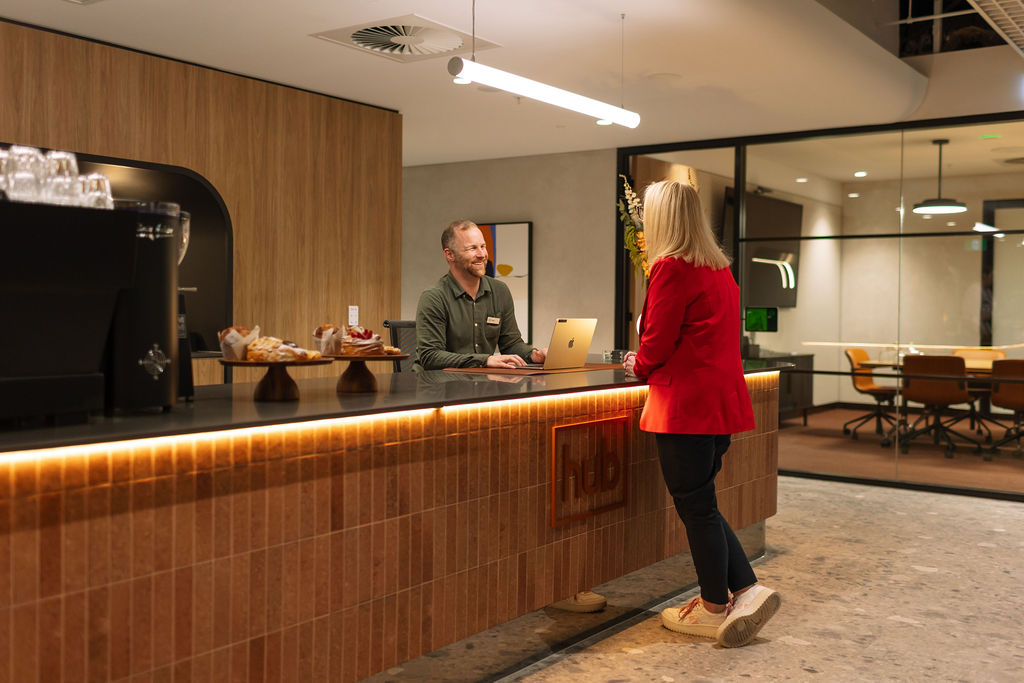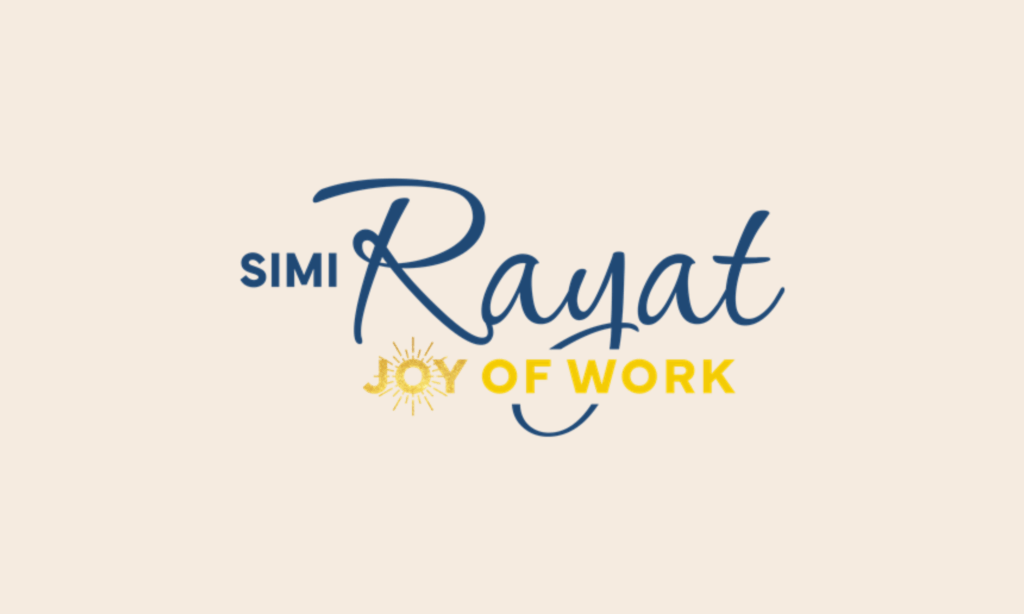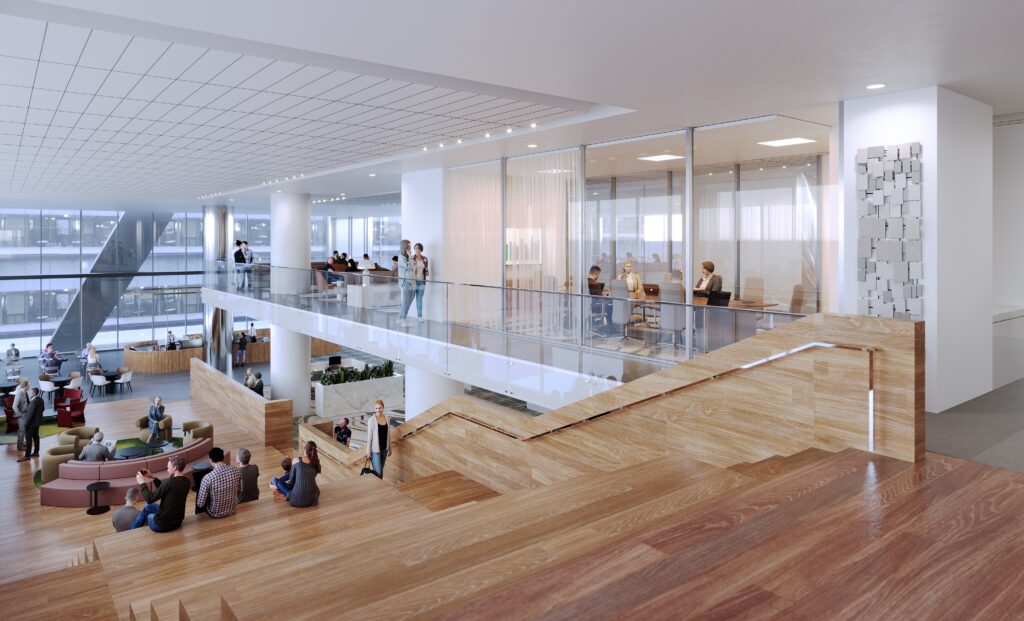The future of work has been irreversibly changed by the impact of COVID-19, with some of the world’s largest industries being forced to pivot in response to the global challenge.
Many are hailing this period as the death of the traditional work week (Monday to Friday, 9-5, with city commute), as employers and employees discover the benefits and challenges of flexible solutions and roles.
We’ve identified some major ways employee needs and work styles have evolved as the world looks beyond COVID-19.
Working From Home Normalised
The push towards work flexibility was already well underway, with the rise of freelancing and coworking as well as flexible arrangements helping to create a more equal society where parenting and external responsibilities are considered.
Regardless, many more traditional industries and organisations have remained insistent on constant physical presents in office headquarters – until now.
With the need for remote working emerging swiftly and urgently, a number of management styles have been put to the test as they came to the quick realisation that their teams are capable and equipped to fulfill their roles and responsibilities remotely.
It may have required a significant change and an adjustment period for team management, work styles, and equipment requirements, but many businesses found themselves quickly settled into new styles of working.
Read more: 5 Ways to Retain Your Employees
The Importance of Face-to-Face Contact
Although employees and teams may have enjoyed the novelty of full-time working from home for an amount of time, many were eager to return to their physical workspaces and teams.
Our time in isolation changed how we view human interaction, particularly with our coworkers and teams, adding new value to relationships and communication styles.
For managers, knowing their teams are capable of working from home efficiently and productively opens the doors to new flexible work arrangements, allowing for greater staff retention and happiness.
Read more: Overcoming Remote Work Challenges
Remote Working
With flexible work arrangements becoming more acceptable, businesses are likely to start looking further afield for the right talent for their businesses.
The normalisation of working from home and communicating digitally allows businesses to access a national or global talent pool next time they’re looking to grow their businesses – this means they can find the best available for their team without limits of distance.
Read more: Why Working Remotely No Longer Means Working Alone
Social Considerations for Isolated Workers
Remote workers may still struggle with the challenges of isolation that many are currently experiencing, likely in a way more managers can empathise with after the impact of COVID-19.
An alternative for those working remotely is to remove isolation from the equation – Hub Australia offers a range of flexible options for members to use the space as much or as little as they need, allowing remote recruits to work in a premium and amenity-filled space.
Hub Australia’s coworking spaces provides flexibility and community for your remote workforce and employees, leading to satisfaction and retention.
The impact of COVID-19 will likely be felt for years to come and has lead the push towards flexibility and traditional industries adopting workstyles that have emerged, seeing the benefits to businesses and employees.
As businesses prioritise flexibility, coworking spaces like Hub Australia assists by providing custom spaces and solutions for every work scenario.






